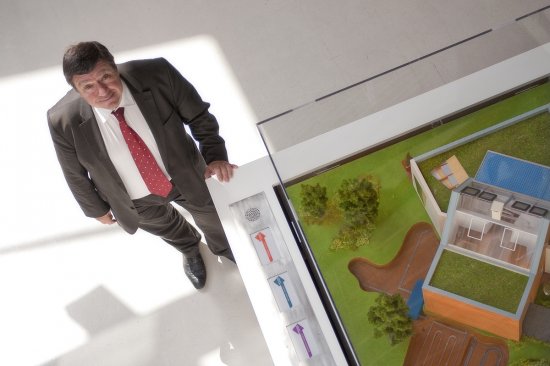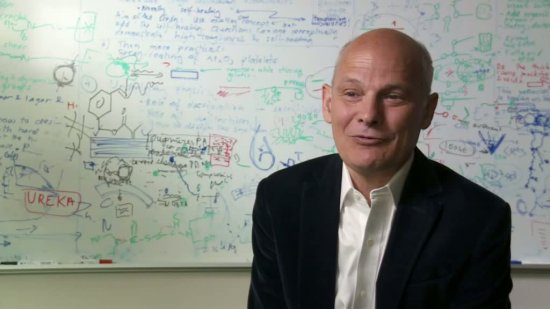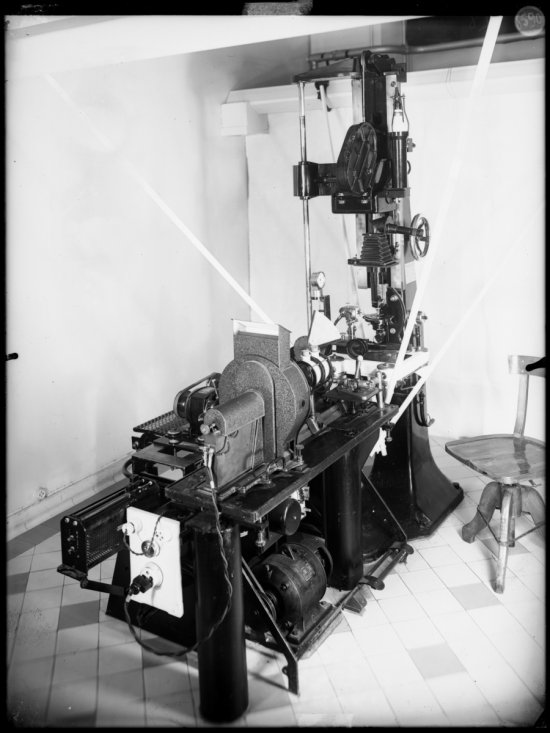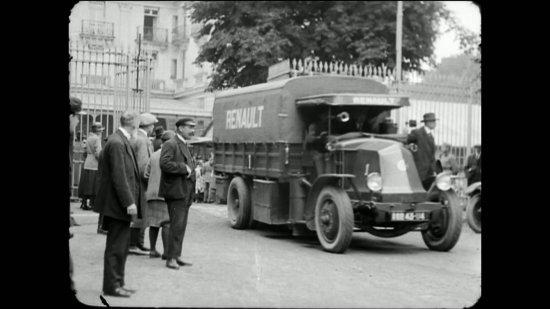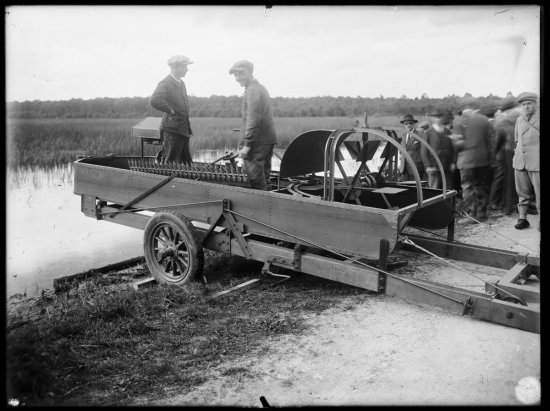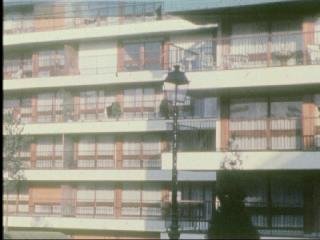Only available for non-commercial distribution
© CNRS - 2019
Reference
6775
Médaille de l'innovation 2019 : Ane Aanesland
On the occasion of the 2019 CNRS innovation medal award, we look back at the career of physics researcher Ane Aanesland. Trained at the University of Tromsø in Norway, then recruited at the CNRS Plasma Physics Laboratory, Ane Aanesland along with her colleague Dmytro Rafalskyi, founded the start-up ThrustMe in 2017, specialising in the propulsion of miniaturised satellites. Together they have developed two major innovations to reduce the size of the propulsion systems used by satellites to maintain themselves in the correct orbit.
The first is the use of ergol, a generic term for any material that provides energy for space propulsion. By developing new ways of storing, processing and accelerating iodine, they were able to show that in its solid form this low-cost ergol could replace xenon, a gas widely used for plasma propulsion systems.
The second area of innovation is the design of a unique technology that allows both positive ions and electrons to be accelerated, instead of having a separate electrode to emit each type of particle. In view of the increasing number of satellites being launched, their aim is to make the space industry more sustainable. On 3 November 2019, the world's first iodine-powered satellite was launched and by 2020 ThrustMe will sign its first commercial contracts.
Duration
Production year
Définition
Color
Sound
Version(s)
Original material
The use of media visible on the CNRS Images Platform can be granted on request. Any reproduction or representation is forbidden without prior authorization from CNRS Images (except for resources under Creative Commons license).
No modification of an image may be made without the prior consent of CNRS Images.
No use of an image for advertising purposes or distribution to a third party may be made without the prior agreement of CNRS Images.
For more information, please consult our general conditions
Transcription
00 :09
I grew up in the north of Norway where you see the aurora borealis every day, it was part of me, and it is part of plasma physics.
00 :16
And when I realised that experimental plasma physics is actually generating the aurora borealis in the lab, I realised I could be anywhere because I bring the Aurora with me in the world.
00 :34
The number of satellites that will be launched in the next coming years is in exponential increase, which means that we are changing completely how we are doing space and for this industry, to be sustainable, we need propulsion systems on board to make them have collision avoidance or extend the lifetime.
00 :55
So the space industry is changing from few big and expensive satellites into smaller satellites operating in constellations.
01 :07
It was the arrival of Dmytro Rafalskyi my post-doc that made us really go into this company.
With that team, the two of us, we had what it would take to generate a company.
01 :32
At ThrustMe, we are developing and commercialising electric propulsion systems for the next generation satellites.
And how we innovate is how we are thinking about propulsion as a smart complete system.
The reason why Thrustme was created is to make space sustainable.
01 :50
Today the smaller satellites operating in constellations are used for commercial applications, for example imagery of the planet in real time, or connectivity for the whole planet internet.
The commercial applications of that is just enormous.
02 :11
As a researcher you need to focus your attention to a specific topic to become expert in that field. As an entrepreneur you need to develop into a multi-tasking person, because you need to recruit your people, you need to find funding and speak with your investors, you need to follow your technology so you can sell it to your clients.
02 :33
CNRS helps us because they gave us a worldwide license of our patterns which is crucial to do what we are doing now.
02 :42
3rd of November 2019 we had our first launch, it was the first satellite propelled with Iodine worldwide so this was a historic launch, so that's exciting, and then next year we have our first commercial contracts and we will deliver it to real clients.












